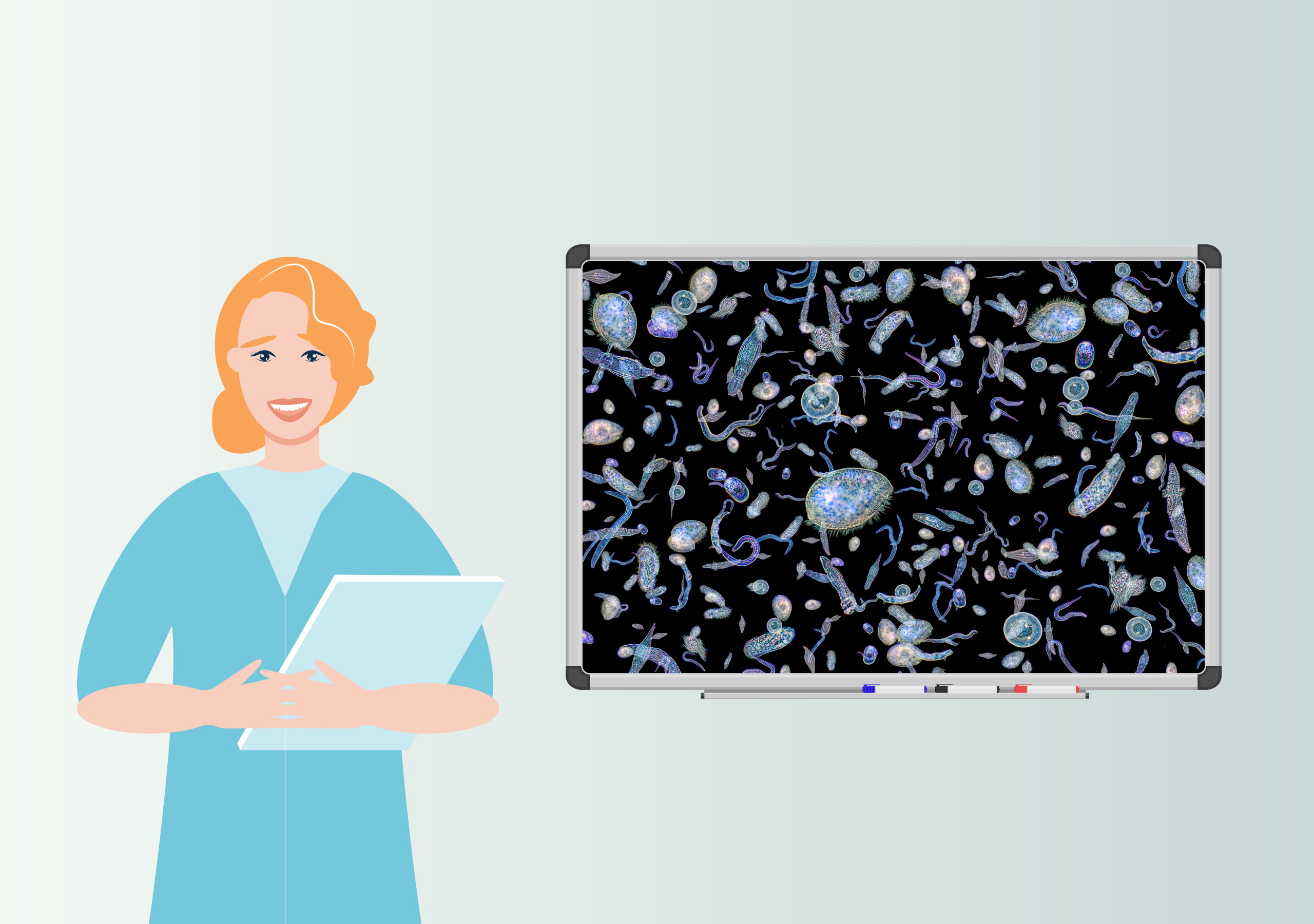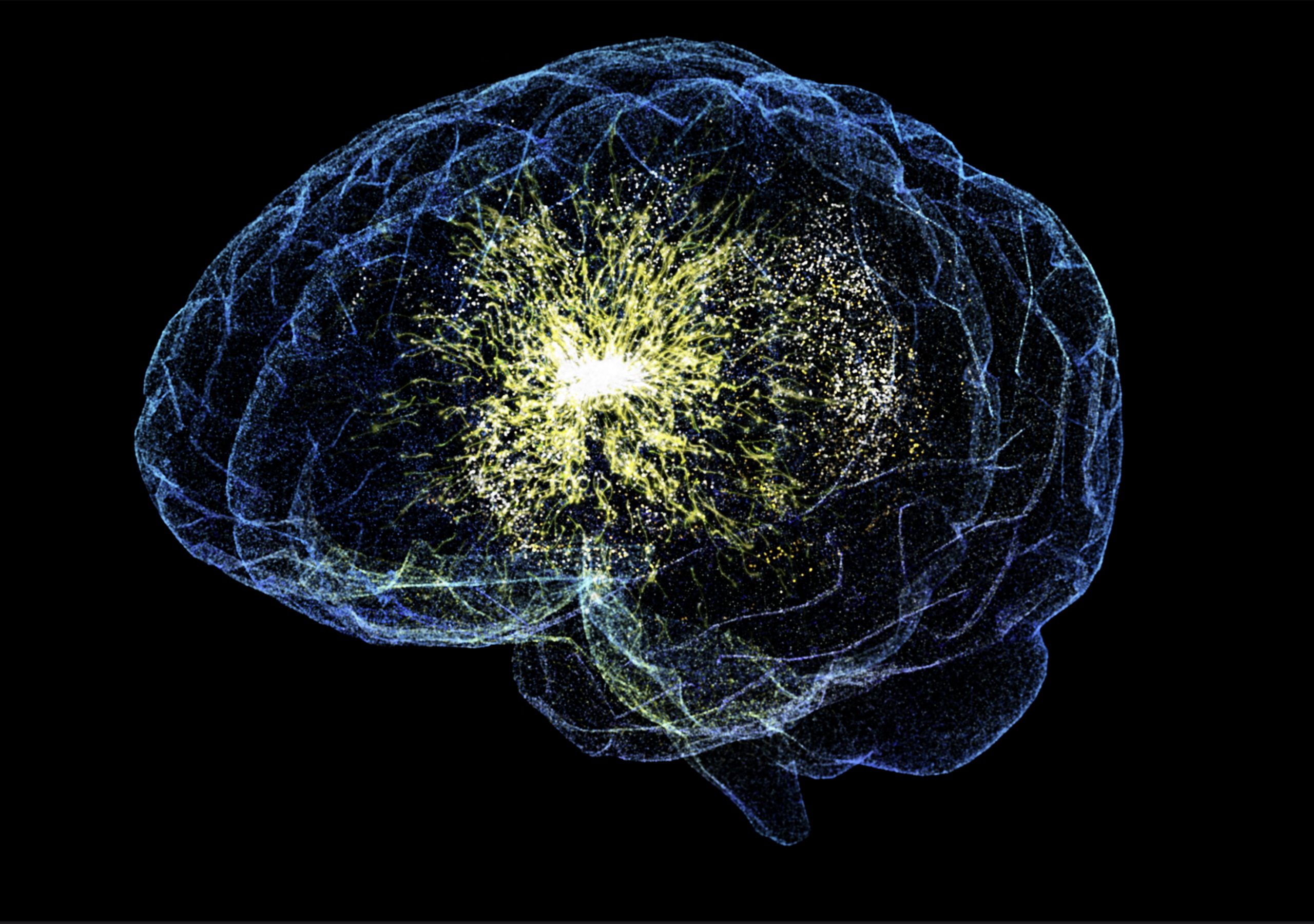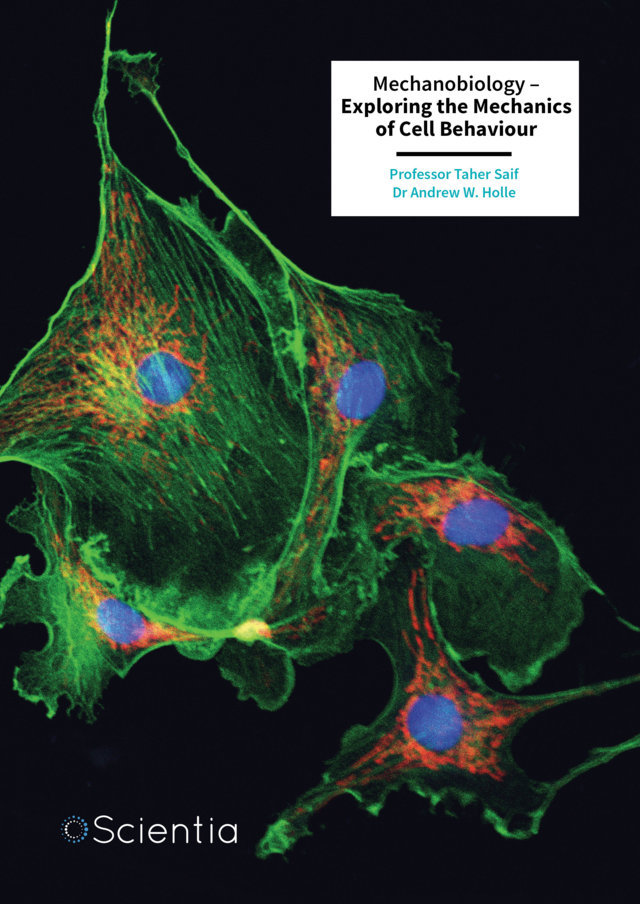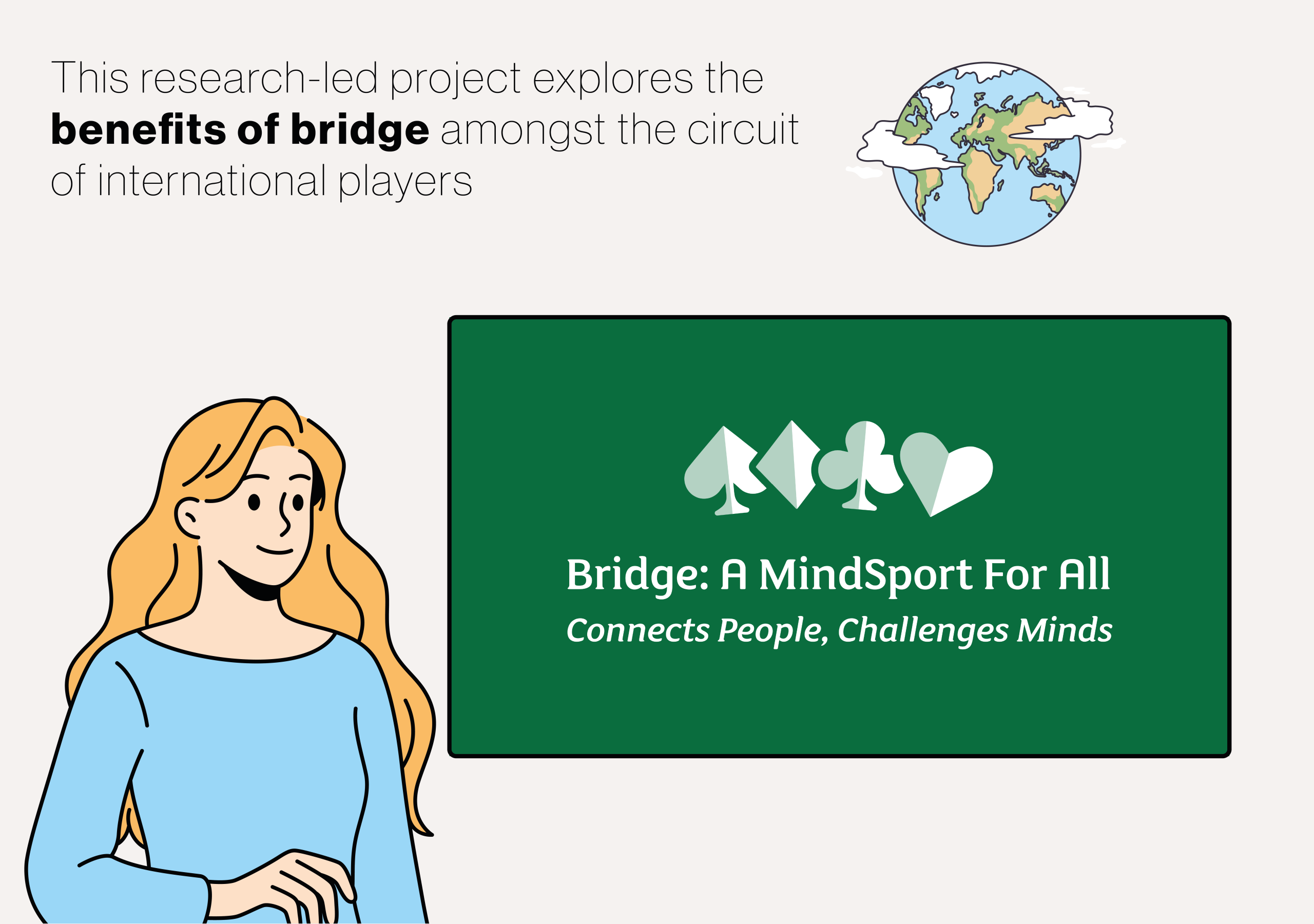After the amputation of a lower limb, amputees can learn to walk with an artificial replacement for that limb known as a prosthesis. However, this can be challenging due to the loss of somatosensory information such as the perception of touch and pressure. Dr Jozina de Graaf of Aix-Marseille University in France is working with colleagues to find a solution to this lack of somatosensory feedback and improve approaches to rehabilitation for lower limb amputees. More
Walking is one of the earliest skills that we master but is actually very complex. Walking crucially requires somatosensory feedback about one’s bodily state and its interactions with the environment. After the amputation of a lower limb, individuals can learn to walk again using an artificial limb – often referred to as a prosthesis. Unfortunately, the lack of somatosensory feedback can make this very challenging.
For the majority of amputees, their lost limb can still be perceived through a phenomenon known as phantom limb. Although the phantom limb is generally thought to be painful, in reality, individuals most often feel painless tingling or a warm sensation where the limb used to be. This is considered a natural response to amputation.
A recent study found that following lower limb amputation, at least 65% of individuals reported perceiving their phantom limb when walking. For some individuals, this can be helpful but for others, it causes further difficulties. Interestingly, both local and global stimulation of the residual limb can modulate phantom sensations.
Local stimulation such as static or dynamic pressure, vibration and electrical stimulation when directly applied to specific areas of the skin can modulate the phantom sensations experienced by some amputees. Global stimulation arising from more generalised contact with the prosthetic socket that joins the residual limb to the prosthesis can also influence phantom sensations.
Dr Jozina de Graaf of Aix-Marseille University in France believes that global and local stimulation can be utilised to provide somatosensory feedback and thus facilitate walking in amputees. Working with colleagues, she sought to modify the phantom sensations experienced by a lower limb amputee by manipulating the interface used for the prosthesis.
The researchers studied an individual aged 48 years who had undergone traumatic transfemoral amputation of his left leg 5 years before the study. He wore a prosthesis every day which comprised an adherent semi-rigid socket without a sleeve, and he could already walk long distances.
In the first phase of this study, Dr de Graaf and her colleagues obtained a detailed description of the participant’s non-painful and painful phantom sensations as well as the factors influencing them.
In the second stage, the researchers explored the areas of the participant’s residual limb for which stimulation would modify the phantom sensations. The participant reported experiencing phantom sensations during pressure.
Based on this mapping, in the third phase of the study, the researchers designed and applied a patch to administer pressure on the participant’s skin areas and induce phantom sensations that could potentially be useful for walking. They did this under four different prosthetic interface conditions: a rigid and a semi-rigid socket, each one with and without a focal pressure increase on a specific area of the residual limb.
The phantom sensations reported by the participant during walking differed according to the four interface conditions. Importantly, this confirmed to the researchers that phantom limb sensations during walking could be effectively modulated using a prosthetic interface. They also found that the different types of interfaces had different effects on the participant’s sensations of tingling in the foot, perceptions of the calf and also his gait patterns (although the mechanisms underlying this remain unclear). Overall, the participant expressed a preference for the semi-rigid socket with a patch, which he even asked to keep at the end of the study, confirming the success of the intervention.
As this was a preliminary study of just one participant, the interpretations and conclusions that Dr de Graaf and her colleagues can draw are limited. Certainly, research with larger groups of participants is warranted to further explore the current findings. Nonetheless, this study provides strong support for considering the non-painful phantom sensations experienced by lower limb amputees in the early rehabilitation stage, and in particular, adopting a personalised approach to intervention to maximise patient outcomes. Dr de Graaf and her colleagues are continuing this important work in ongoing studies.







